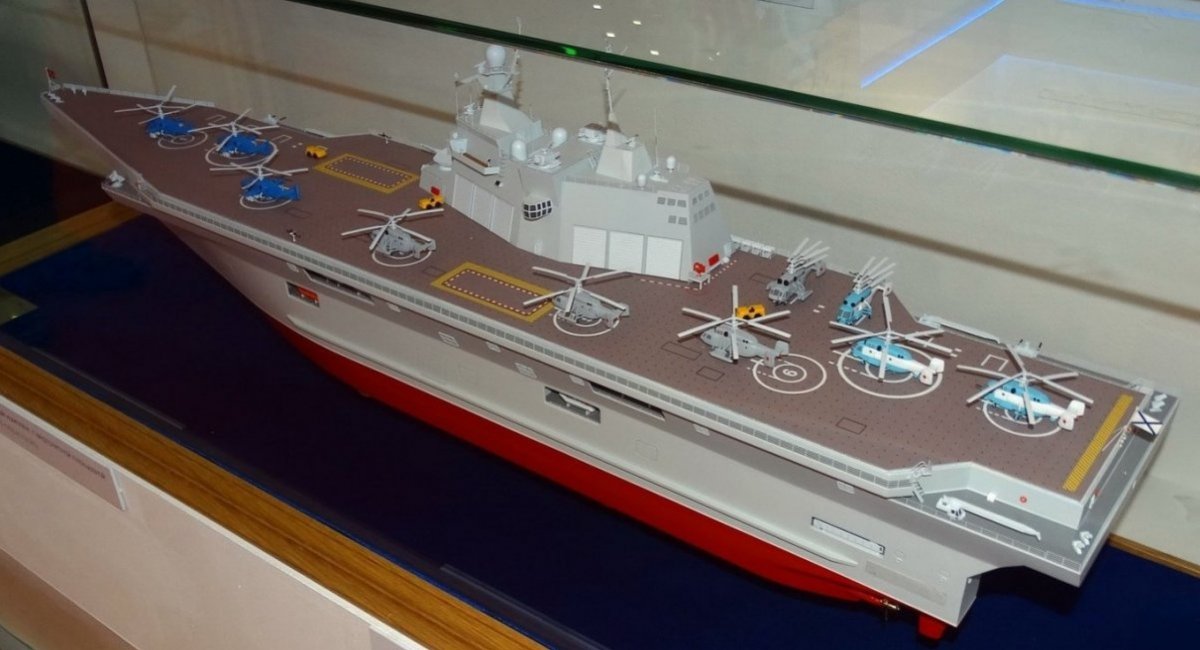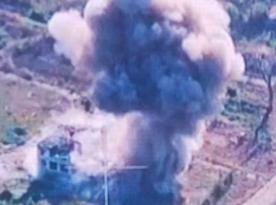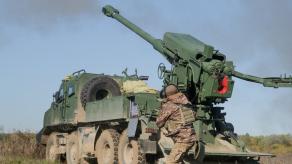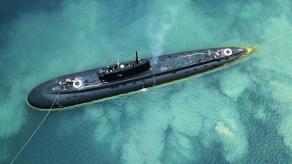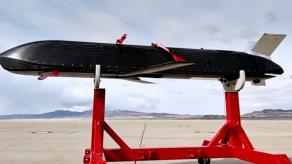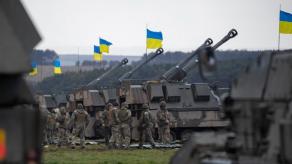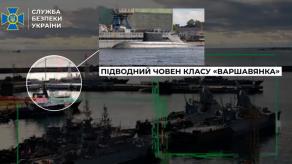Latest satellite imagery in public access reflects some progress in the construction of Ivan Rogov, one of the two Project 23900–class multipurpose amphibious assault ships laid down in July 2020 at the Zaliv shipyard in temporarily occupied Kerch, Crimea.
According to the previously announced characteristics of the Project 23900 class, each vessel should be able to carry 15 helicopters, aspiring to become the most powerful ships in russian flotilla on the Black Sea. The published images indicate that the lead ship of this project, Ivan Rogov, will be about 220 meters in length and 40 meters wide.
Read more: russia Tests Project 11356 Frigate for India, Same Type Fires Kalibr Missiles at Ukraine
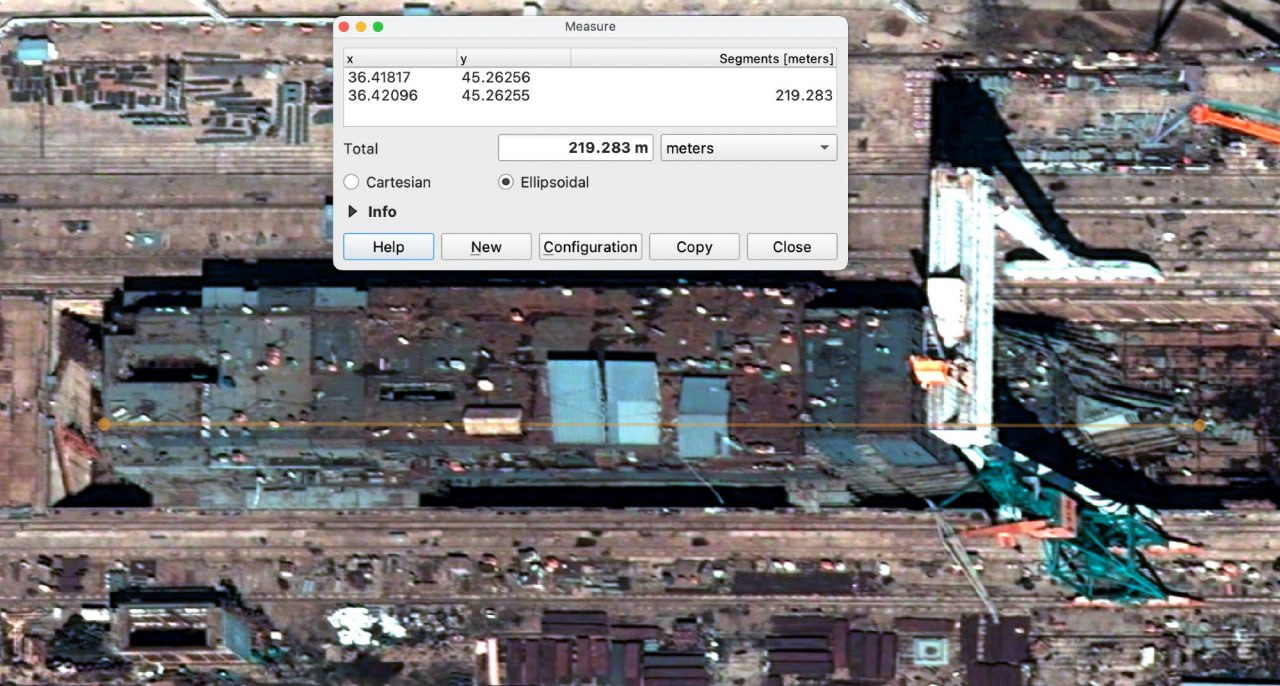
To compare, below is a satellite image of the state of Ivan Rogov as of July 2024, then published by OSINT analyst MT_Anderson. At that time, the ship's hull was only beginning to take shape, meaning that russians have significantly advanced this project in less than a year.
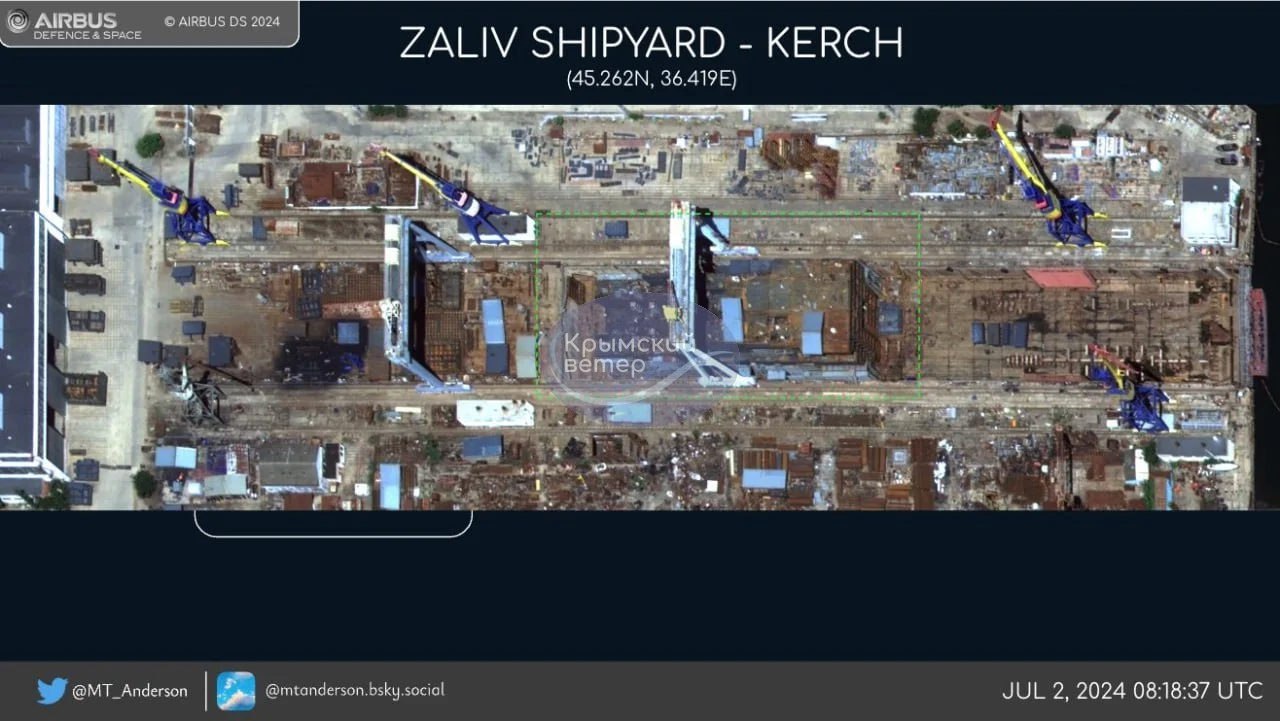
Worthy of note, russian media earlier claimed that the Ivan Rogov amphibious assault ship would have a total displacement of 30,000 tons. The total crew would number up to 900 marines, operating 75 articles of combat equipment and three smaller landing craft, as well as previously mentioned fifteen helicopters, including Ka-29 and Ka-52K types. The declared production cost stood at 100 billion rubles at the time the building works commenced.
If we draw a parallel, the Moskva cruiser, ex-flagship of the Back Sea Fleet and the most powerful russian asset in the region (until it was sunk by Ukrainian forces in 2022) measured only 186 meters in length and had a total displacement of 11,490 tons.
Menacing and technologically advanced in the russian vision, the project has seen multiple setbacks when it came to practical implementation. The first of the ships, Ivan Rogov, was supposed to enter the russian Navy by 2025, now just the sailing tests have been postponed to 2027, and the prognoses about making it ready in time are already pessimistic. The status of the second vessel of this class remains unknown to the public altogether.
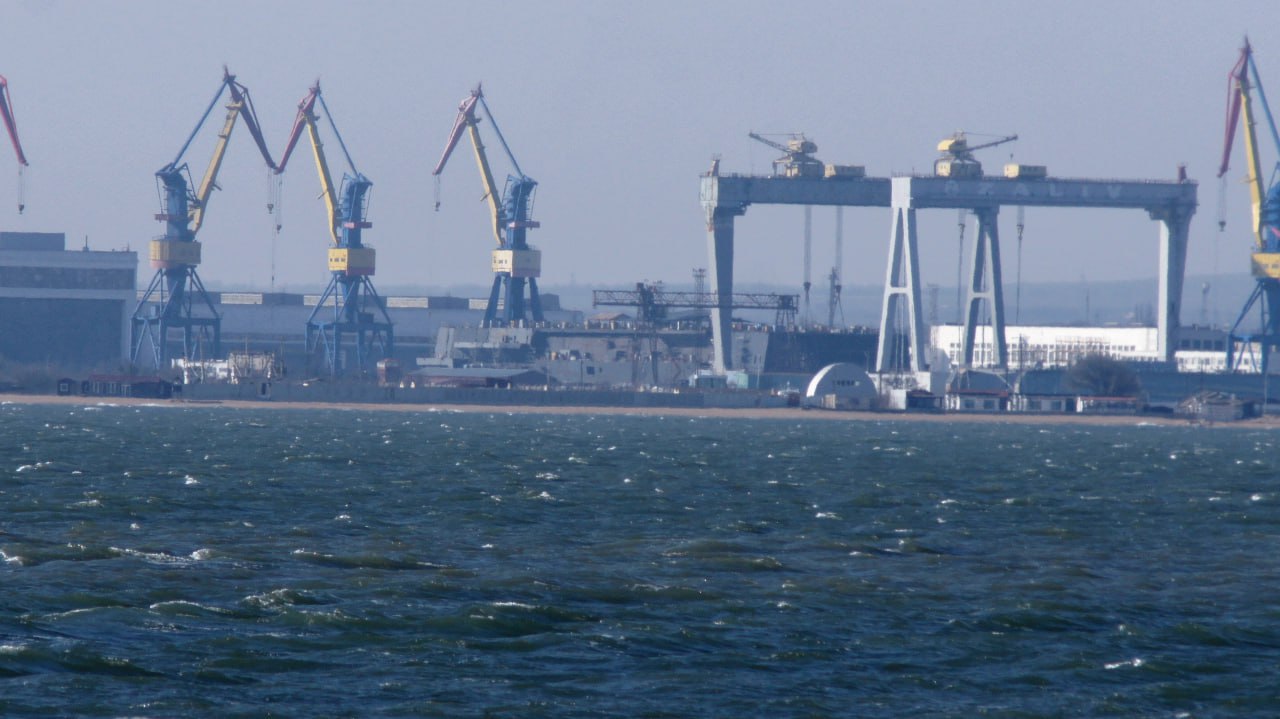
On the other hand, the russian federation appears committed to at least completing Ivan Rogov in the foreseeable future. Its introduction into the active fleet would mean an increased presence of the Kremlin in the Black Sea region and a non-negligible threat for Ukraine in particular — even if russians decide to keep this enormous landing craft in the relatively faraway port of Novorossiysk at all times to avoid any attacks from the Ukrainian Defense Forces.
Earlier, Defense Express also covered russia's building of a special Nikolay Kamov ship for training of Ka-52 helicopter crews. Upon completion, it is set to sail in the Sea of Azov. Also, Moscow has recently carried out tests of a Project 11356–class frigate earmarked for India.
Read more: UK Cut 56,000 Defense Industry Jobs in the 1990s, Leaving Only 3,000 People to Build Ships



